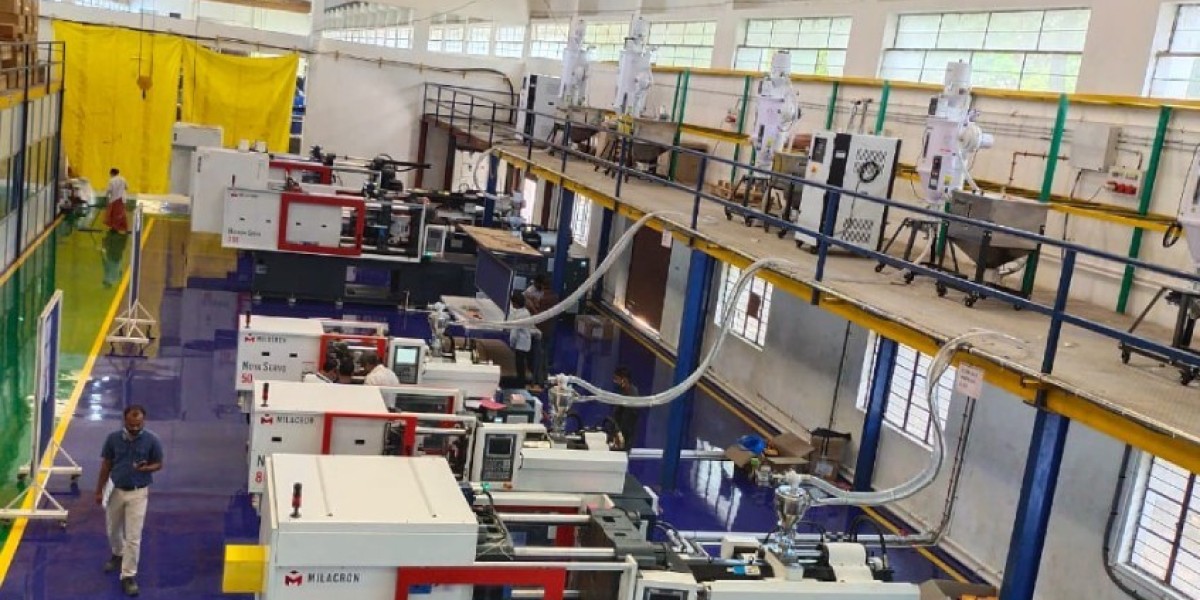Injection mould design and manufacturing are critical components of the plastic production process. This article explores the intricacies involved in creating effective moulds, the various factors to consider during design, and the manufacturing process that ensures precision and quality in plastic parts. Understanding these elements is essential for industries that rely on high-quality plastic components.
Understanding Injection Moulds
An injection mould is a custom-designed tool that shapes molten plastic into specific parts or components. The process begins by creating a detailed design of the mould, which is typically made from materials such as steel or aluminum. The design must consider various factors, including the part's geometry, material properties, and production volume, to ensure that the mould performs effectively throughout its lifespan.
The Design Process
The design of injection moulds involves several key steps:
- Conceptualization: The first step is to understand the requirements of the final product. This includes analyzing the intended use, material specifications, and any regulatory standards that must be met.
- 3D Modelling: Once the concept is clear, designers use advanced CAD (Computer-Aided Design) software to create a detailed 3D model of the mould. This stage allows for precise adjustments and optimizations to enhance the mould's functionality.
- Simulation and Analysis: Before manufacturing the mould, simulations are conducted to predict how the plastic will flow within the mould. This analysis helps identify potential issues, such as air traps or uneven cooling, which can affect the quality of the final product.
- Mould Flow Analysis: Mould flow analysis is a crucial step in the design process. It allows designers to visualize how the molten plastic will fill the mould cavity and helps identify any potential problems that could arise during production, such as insufficient filling or defects in the final product.
Manufacturing the Mould
Once the design is finalized, the manufacturing of the mould begins. This process typically includes:
- Machining: The mould components are machined using CNC (Computer Numerical Control) machines to achieve the required precision. This stage may involve milling, drilling, and grinding to create the intricate details of the mould.
- Assembly: After machining, the mould components are assembled. This step requires meticulous attention to detail, as proper alignment is crucial for the mould's performance.
- Testing: Before full-scale production, the mould undergoes rigorous testing to ensure it functions correctly. This may include trial runs to produce test parts, which are then inspected for quality and dimensional accuracy.
- Final Adjustments: Based on the test results, any necessary adjustments are made to optimize the mould's performance. This could involve tweaking the design, making changes to cooling channels, or adjusting injection pressures.
The Importance of Quality Control
Quality control is an essential aspect of injection mould design and manufacturing. Moulds are subjected to strict testing protocols to ensure they meet industry standards and customer specifications. Regular maintenance and inspections are also vital to prolong the life of the mould and ensure consistent production quality.
Conclusion
Injection Mould Design and manufacturer is a complex but rewarding process that plays a crucial role in modern manufacturing. By combining artistry with engineering precision, companies can create high-quality moulds that produce durable plastic parts. As industries continue to evolve and demand for customized plastic components grows, the importance of effective injection mould design and manufacturing will only increase, driving innovation and excellence in the field. Understanding this process is essential for anyone involved in the production of plastic products, as it lays the foundation for success in a competitive market.



